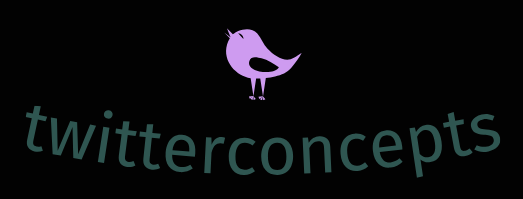How I Achieved Maximum Success with Health
 Understanding Hypnosis and the Science Behind Time and time again, we hear the question, what exactly is hypnosis and is there science behind it? A brain signature of being hypnotized was first recognized in 2012 with functional MRI (fMRI), a type of MRI that showed brain . Regions of the brain connected with executive control and attention were demonstrated to be involved. More specifically, hypnotized subjects showed more co-activation between components of the executive-control network (handles basic cognitive processes) and the salience network (decides which stimuli deserve attention). In their brains, both networks were activated simultaneously. Those who were not hypnotized did not exhibit this connectivity. What elevated these experiments to a higher league is the fact that researchers used fMRI to detect the parts of brain that responded when subjects analyzed colors. The color realms in both left and right hemispheres were excited when the subjects were instructed to perceive colors. The scientists concluded that hypnosis is indeed an independent psychological state and surely not the outcome of adopting a role.
Understanding Hypnosis and the Science Behind Time and time again, we hear the question, what exactly is hypnosis and is there science behind it? A brain signature of being hypnotized was first recognized in 2012 with functional MRI (fMRI), a type of MRI that showed brain . Regions of the brain connected with executive control and attention were demonstrated to be involved. More specifically, hypnotized subjects showed more co-activation between components of the executive-control network (handles basic cognitive processes) and the salience network (decides which stimuli deserve attention). In their brains, both networks were activated simultaneously. Those who were not hypnotized did not exhibit this connectivity. What elevated these experiments to a higher league is the fact that researchers used fMRI to detect the parts of brain that responded when subjects analyzed colors. The color realms in both left and right hemispheres were excited when the subjects were instructed to perceive colors. The scientists concluded that hypnosis is indeed an independent psychological state and surely not the outcome of adopting a role.
6 Facts About Resources Everyone Thinks Are True
Another newsworthy observation from such experiments were the variations between the hypnotized and non-hypnotized brain. When non-hypnotized subjects were told to point out colors in a black-and-white image, only the right hemisphere responded. Only during hypnosis would the left hemisphere (center of reason and logic) respond.
Lessons Learned from Years with Options
Another study used positron-emission tomography (PET) to study cerebral blood flow under hypnosis. The hypnotic state was connected with activation of a lot of mostly left-sided cortical areas and some right-sided regions. The trend of activation shared a lot of similarities with mental imagery, from which it showed differences by the relative deactivation of the precuneus (handles visuo-spatial imagery, episodic memory retrieval and self-processing operations of the brain). The trend of activation had plenty of similarities with mental imagery, from which it proved different by the relative deactivation of the precuneus, the part of the brain that takes care of the brain’s visuo-spatial imagery, episodic memory retrieval and self-processing operations. Some scientists believe that under hypnosis, the subjects simply activate, to a significant extent, the brain sections used in imagination, but without actual perceptual changes. Another functional MRI study showed limited activity in both anterior cingulate cortex, which affects emotions, learning and memory, and visual areas under hypnosis. The findings hints that hypnosis impacts cognitive control by regulating activity in particular brain areas, including early visual modules. In many studies, hypnotizable subjects displayed considerably more brain activity in the anterior cingulate gyrus, which impacts behavior and emotions, in comparison to participants who were not hypnotized. The anterior cingulate gyrus acts on errors as well as evaluates emotional chagnes. Prefrontal cortex is related to with higher level cognitive processing and behavior. Comparison of findings from various studies also show rather contradictory outcomes. Several areas of the brain appear to be responsive in various experiments. This could be related to multiple experimental techniques, both in terms of equipment and hypnotic approach used in the experiments.
